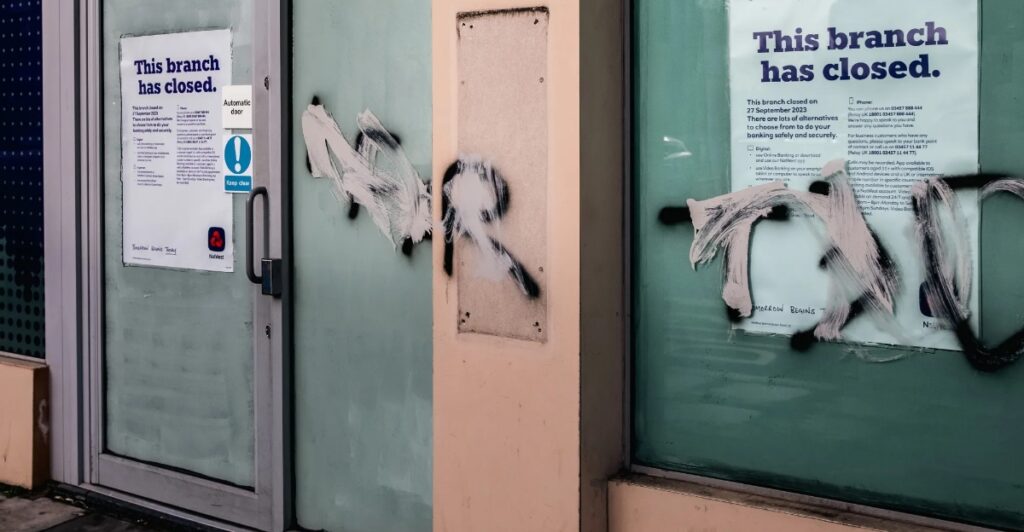
Major changes are happening in the retail banking arena—and these changes may affect your next branch visit. One of America’s large banks recently released a series of permanent branch closures, and it’s happening fast.
If you often prefer to bank in person and not peck at a screen, this action could alter how you access your money. With the consistent growth of digital banking and altered foot traffic, this reporting isn’t completely surprising.
However, the magnitude of these closures is making people wonder. Are we witnessing the gradual decline of bank branches—or is this just business as usual? Let’s consider this in more detail.
The Digital Banking Revolution

Over the last ten years, people have transformed the manner in which they manage their finances. They use online transfers, mobile check deposits, and chatbots instead of standing in line for most services.
Fewer and fewer customers are entering bank branches, and more people are dealing with their finances in their homes or on the go.
This shift is causing large banks to re-examine their real estate strategy—and, in some cases, they are shutting down some of their branches because they are not profitable.
Introducing TD Bank – And Its Evolving Strategy

TD Bank has been positioning itself as a customer-focused institution for decades, with its longer hours and friendly branches.
As the country’s tenth-largest bank, it has an extensive presence along and up and down the East Coast. But even an economic giant must play catch-up with changing trends.
Now, TD Bank is taking a step back in a dramatic way, making changes that will impact long-time customers across many states. And they’re not doing it gradually.
Branches to be Closed Down by June 5
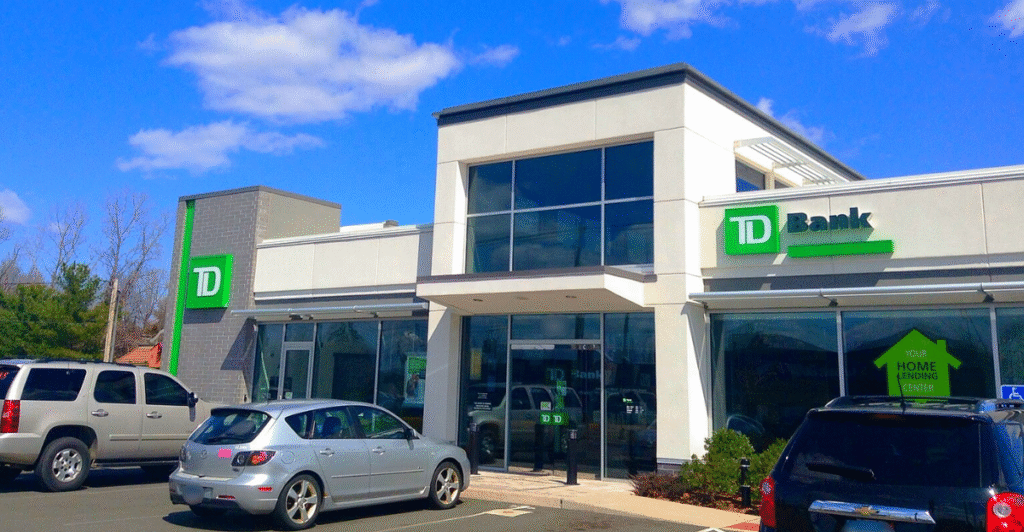
TD Bank just said it was closing 38 branches for good, and all 38 locations are shutting down. The action will affect communities in 11 states and the District of Columbia.
The closures cut across rural and urban neighborhoods, so this isn’t merely about closing underperforming locations—it’s a fundamental re-shaping that’s affecting almost every part of the bank’s presence. Customers in these communities are now left wondering what lies ahead.
States Feeling the Impact

From New England to the Deep South, customers will soon be facing “closed” signs over the doors of offices they might have been using for decades.
Massachusetts, New Jersey, and New York are hardest hit, with multiple branches closed in each. Others such as Florida, Pennsylvania, and Virginia also made the list.
If it’s your local branch or one near your office, you’ll need to make other arrangements—soon enough.
What TD Bank Has to Say About the Closures
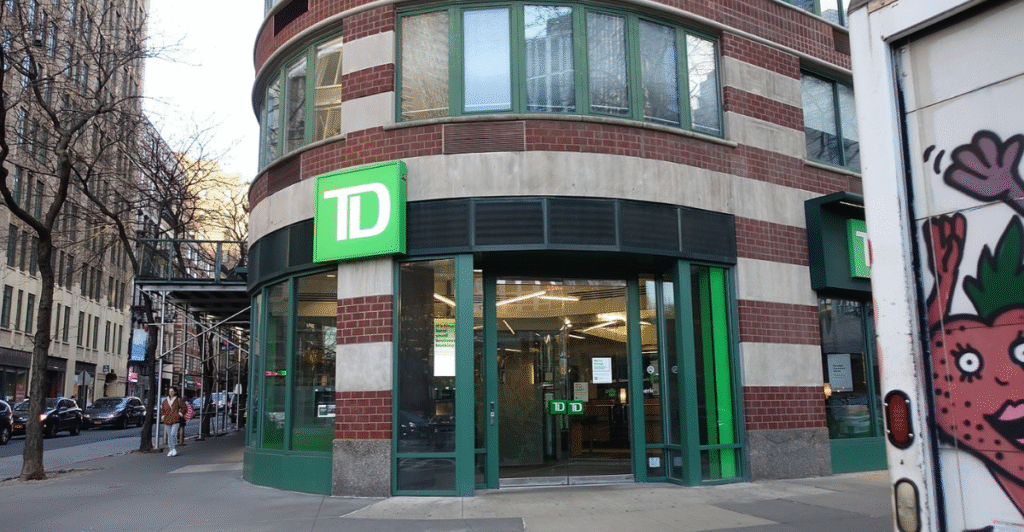
The closures are business as usual, according to a TD Bank spokesperson. According to TD Bank, each closed branch has experienced a precipitous decline in traffic, so it is not economically viable to remain open.
The company is reassuring the public that existing branches and online services will remain available to customers without interruption for the time being.
But Is That the Whole Story?

There are skeptics. Only a year ago, TD Bank admitted to conspiracy and money laundering charges and agreed to pay an enormous $3 billion in fines.
The bank asserts there is no link between those incidents and the recent round of closures, yet the timing has been questioned.
Could there be more behind the decision than simple economics? Or is it merely coincidental that the company is tightening its purse strings following such an expensive settlement?
What This Means for Customers

If your local branch is closing, then you’ll have to make a choice. You can still bank at TD by transferring your account over to a nearer branch which will be remaining open, or switch to online banking instead.
Of course, you can always choose to bank elsewhere. The bank assures that it will make the shift seamless, but the change might be inconvenient for some customers, particularly those who prefer face-to-face service or are less technologically inclined.
The Future of Face-to-Face Banking

The TD branch closings are not isolated occurrences. Throughout the industry, banks are quietly closing branches and pouring more capital into online infrastructure.
From mobile websites to automated voice response systems, banks are allocating resources to where the customers are already sitting—online. To some, this looks like progress.
To others, it represents the increasing distance between financial institutions and the customers they serve. In either case, branch banking is clearly declining.
Workers Feeling the Squeeze Too

It’s not only the customers. Branch employees now have their futures in limbo, with some being relocated and others presumably being let go.
TD Bank said it would assist impacted employees and attempt to relocate them to other positions within the company. But in a tight labor market—and in communities where the local branch could be one of the largest employers—that’s not guaranteed.
Similarly Impacted Small Towns and Urban Areas

Though some may think these closures are affecting only low-traffic or small towns, that is not the whole story. Urban areas and high-density zones are also experiencing branch closures.
In locations where there was a TD Bank with hundreds or thousands of customers, customers now must drive much farther to get to another one. For elderly customers, those with mobility issues, or those without internet connectivity, that’s a reality.
What You Can Do Right Now
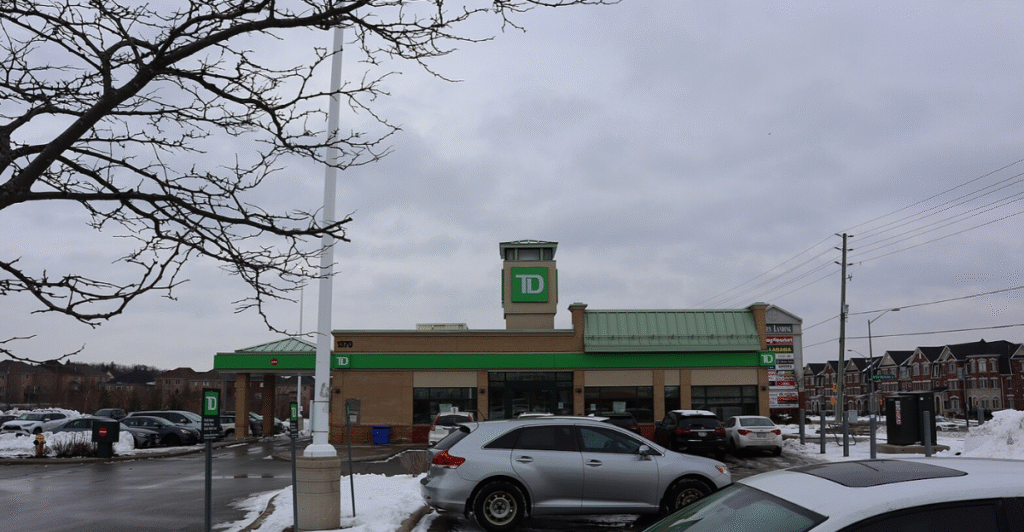
If you’re a TD Bank customer, now is the time to check if your branch is on the closure list. Visit the bank’s official website or call customer service for the most up-to-date information.
If your location is closing, make plans early to transfer your account to another branch or update your banking preferences to reflect the change, such as switching to digital banking.
Setting up online access now can also make the transition smoother. Don’t wait until the last day to act.
Official Response of TD Bank
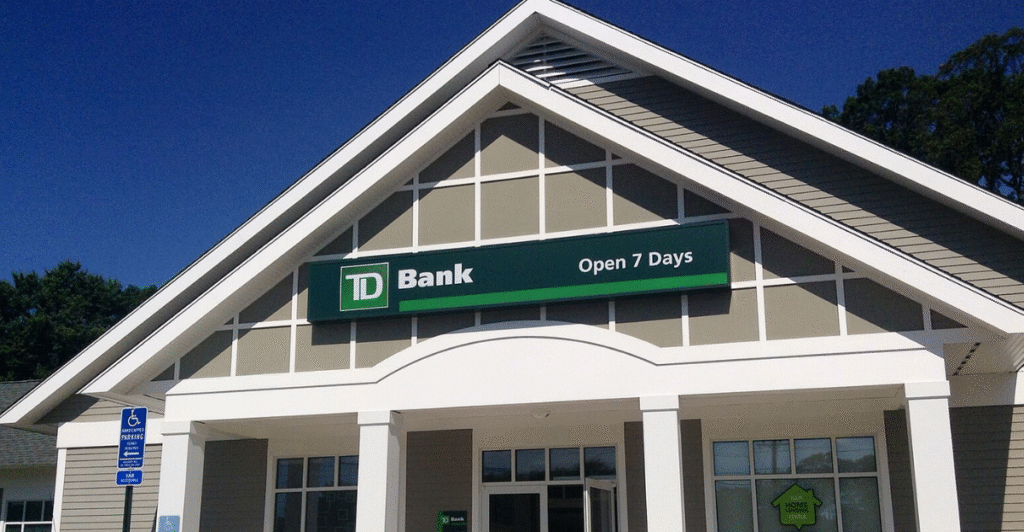
TD Bank maintains that it is still committed to welcoming customers in its more than 1,000 remaining branches, as well as online through its expanding roster of digital offerings.
The bank states that it cares about community relationships and is working to minimize the impact on users.
They’re also referencing investments in mobile banking, customer service, and security as evidence that they’re committed to the long haul. However, closures are certainly a milestone in the way the bank does business.
A Sign of the Times

Whether you see it as a sad loss or a natural progression, TD Bank’s move is a sign of an even bigger trend in the world of banking.
With more and more life being led online, physical branches will one day be the exception, not the norm. For the time being, the doors are still open—but for 38 branches, only briefly.
If you’re one of the many customers affected, it’s time to start planning your next financial move—before someone else makes it for you.
Discover more trending stories and Follow us to keep inspiration flowing to your feed!

Craving more home and lifestyle inspiration? Hit Follow to keep the creativity flowing, and let us know your thoughts in the comments below!
